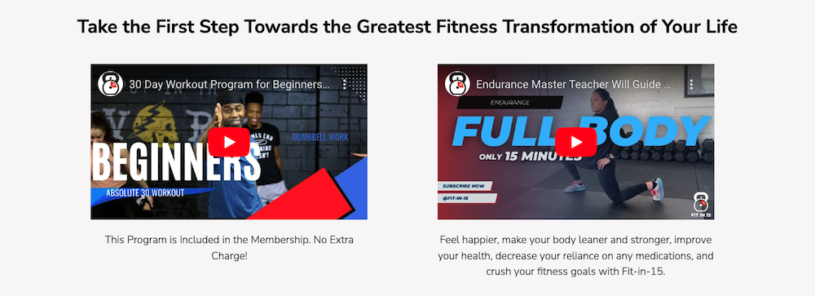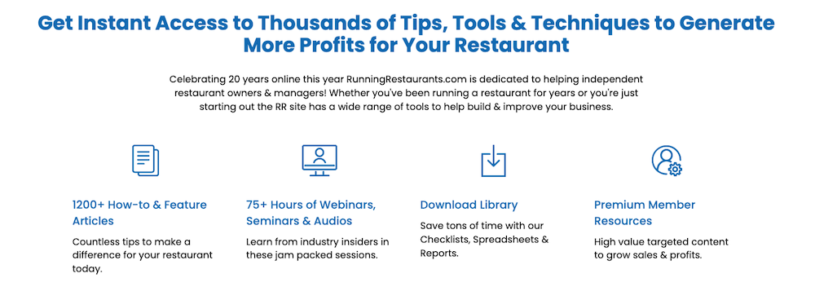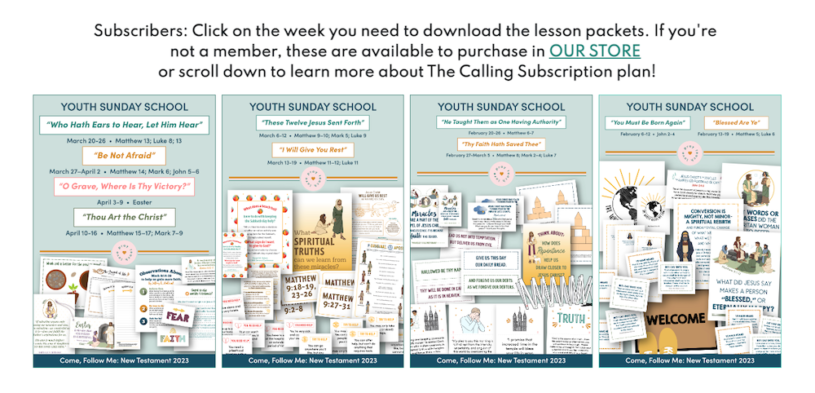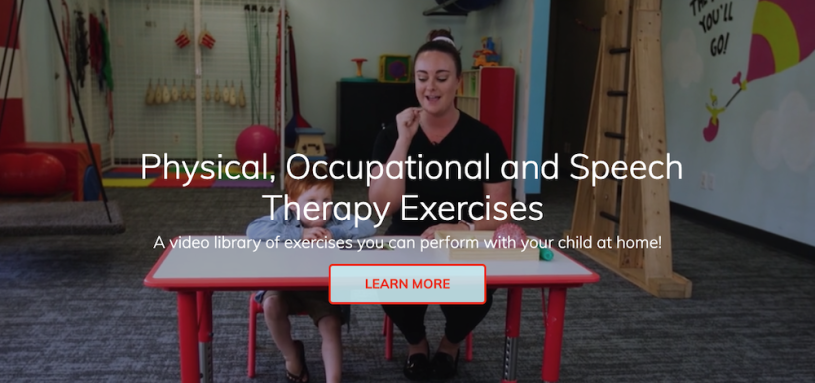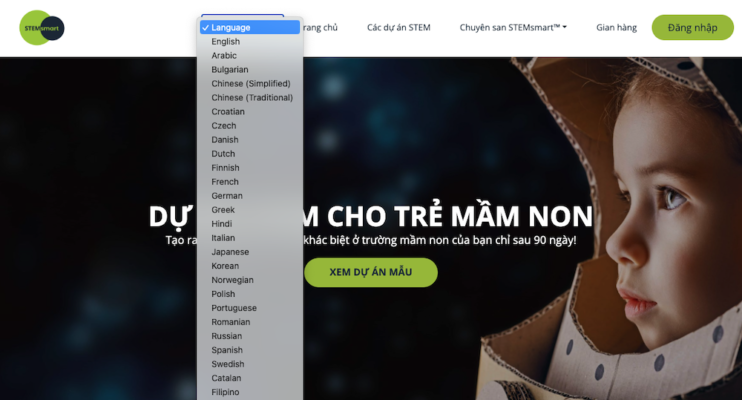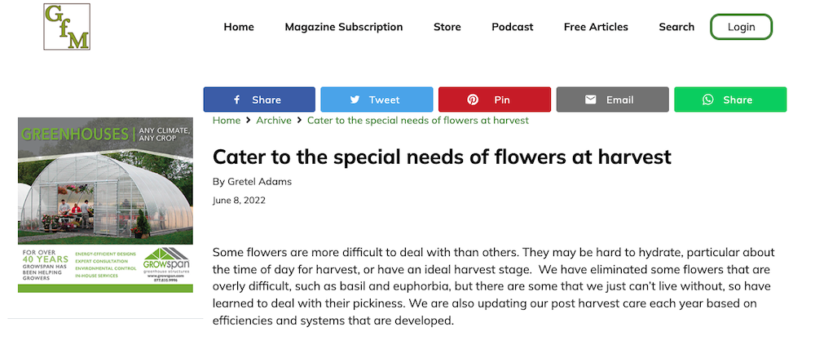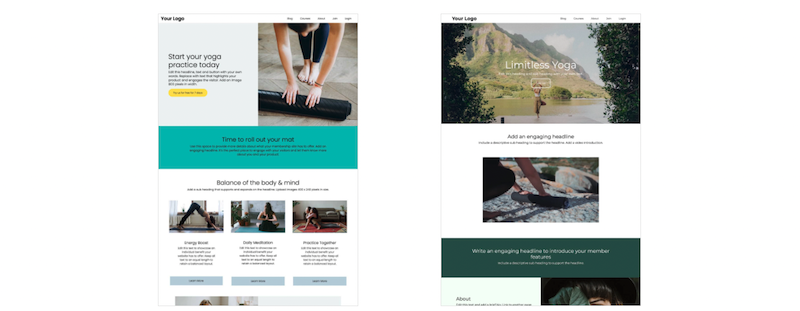
Defining your customer persona is of paramount importance in today's competitive membership website landscape. Understanding your target members enables you to tailor your marketing efforts, product development and user experience.
It strengthens your ability to craft effective messaging that will resonate with your audience. This level of personalisation demonstrates your understanding and empathy, resulting in member trust and loyalty.
By contrast, a broad and generic marketing approach results in a diluted message that fails to appeal to any particular group.
The more you speak directly to the interests and pain points of your target audience, the more you’ll stand out amidst the noise of competitors.
By investing time and effort in understanding your customer persona, you unlock the potential to deliver impactful communication that generates engagement, loyalty and drives conversions.
Defining your customer persona involves creating a detailed profile of your ideal target customer.
5 steps to help you define and refine your customer persona
- Recognise your goals: Clearly outline your business objectives and what you aim to achieve through defining your customer persona.
- Conduct market research: Gather data about your target market through various methods such as surveys, online analytics and social media monitoring.
- Identify key traits and attributes: Determine the key characteristics, objectives and pain points that define your target customer persona.
- Give your persona a name and backstory: Personify your customer persona by giving them a name and fictional backstory. This makes it easier to relate to and understand their needs.
- Validate and refine: Continuously validate and refine your customer persona as you gather more data and insights.
Once you’ve identified your customer persona, the next step is to specifically craft your messaging to connect with that audience.
Similar to the strategy of narrowly defining your customer persona, the messaging you craft should also be highly focused. The most effective way to do this is by employing long tail keywords.
What is a long tail keyword?
Long tail keywords are specific, niche-focused phrases that capture the intent and goals of your target audience.
They are impactful because their specificity attracts relevant and qualified leads by reaching customers who are actively searching using those exact terms.
Long tail keywords often have lower competition compared to broad keywords, so you have a greater chance of appearing in search results.
How to effectively use long tail keywords to target your audience
Get started by conducting keyword research to identify relevant long tail keywords specific to your business and industry.
Next include these keywords naturally into your website’s content, including headings, subheadings and meta tags, to improve your website's visibility in search engine results.
Here are some examples of long tail keywords:
- “Best budget-friendly running shoes for women"
- "Beginner-friendly chair yoga classes for seniors"
- "Affordable DIY home decor ideas for small apartments"
- "Natural remedies for migraines during pregnancy"
Observe how each of these examples addresses the pain points of a very specific customer persona and delivers a solution.
By tailoring your marketing messaging with specific keywords, you can deliver more personalised and targeted content that resonates with your customer persona.
Overall, leveraging long tail keywords in your marketing messaging enables you to optimise your reach, increase engagement and drive meaningful interactions with your target audience.
In conclusion
In a world where personalised experiences are highly valued, defining your customer persona is the foundation for building long-lasting relationships and achieving sustainable membership website growth.
The more you refine and narrow the identity of your customer base, the more successful you'll be when you speak to them.


